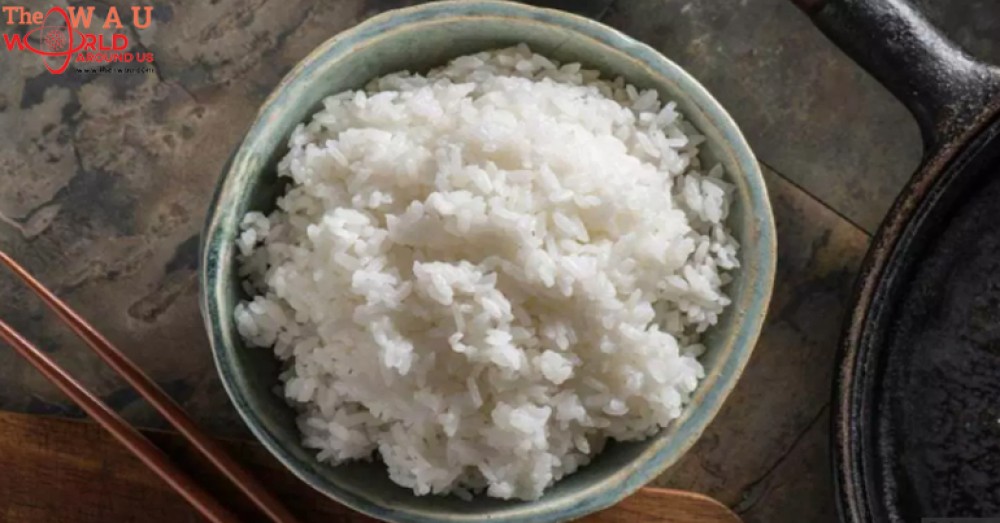Many health communities view white rice as an unhealthy option.
It’s highly processed and missing its hull (the hard protective coating), bran (outer layer) and germ (nutrient-rich core). Meanwhile, brown rice only has the hull removed.
For this reason, white rice lacks many vitamins and minerals that are present in brown rice.
However, there are some instances where white rice is a better option than brown rice.
This article helps determine whether white rice is healthy or bad for you.
Stripped of Fiber and Nutrients
White and brown rice are the most popular types of rice and have similar origins.
Brown rice is simply the entire whole rice grain. It contains the fiber-rich bran, the nutrient-packed germ and the carbohydrate-rich endosperm.

On the other hand, white rice is stripped of its bran and germ, leaving just the endosperm. It’s then processed to improve taste, extend shelf life and enhance cooking properties.
White rice is considered empty carbs since it loses its main sources of nutrients.
However, in the US and many other countries, white rice is typically enriched with added nutrients, including iron and B vitamins like folic acid, niacin, thiamine and more.
This table shows how 3.5 ounces (100 grams) of the different types of rice compare nutritionally when cooked.
A 3.5-ounce (100-gram) serving of brown rice has fewer calories and carbs than white rice and twice as much fiber.
In general, brown rice also has higher amounts of vitamins and minerals than white rice. However, enriched white rice is higher in iron and folate.
What’s more, brown rice contains more antioxidants and essential amino acids.
It’s also worth noting that both white and brown rice are naturally gluten-free, which makes them a great carb option for people with celiac disease or non-celiac gluten sensitivity.
Share This Post















